The analog community has always been blessed with the abundance of obsolete film cameras from previous generations. If you were to start your P&S analog journey today, getting a camera would be the least expensive set back. If you prefer a zoom camera, you are in luck! There are tons of options out there and zoom cameras cost almost nothing, even top of the line ones are relatively inexpensive. Unfortunately, if you prefer a fixed lens compact, expect to pay more and even a ridiculous sum for a popular camera. Prime lens cameras selection and supply are much more limited than their zoom counterpart, but the demands for fixed lens compact are always high which drives the price even higher.
Thus I give myself a mission to set out and find fixed lens cameras that are capable, but lesser known so that they can be had for a reasonable amount of money. I’ve had some degree of success with the Chinon Auto 2001, the Kodak VR35 K14, Vivitar Tec45 and the Panasonic AF-600. Today, I’m thrilled to introduce to you another grand discovery: the Kodak KE60.
I always keep an eye out for Kodak cameras, most people would overlook the brand because it’s associated with cheap, featureless p&s made for people who can only bother with the shutter button. This model in particular stands out to me because it has an APS styled loading mechanism. Because of the film door mechanism a lot of people mistaken the Kodak KE60 for an APS camera.
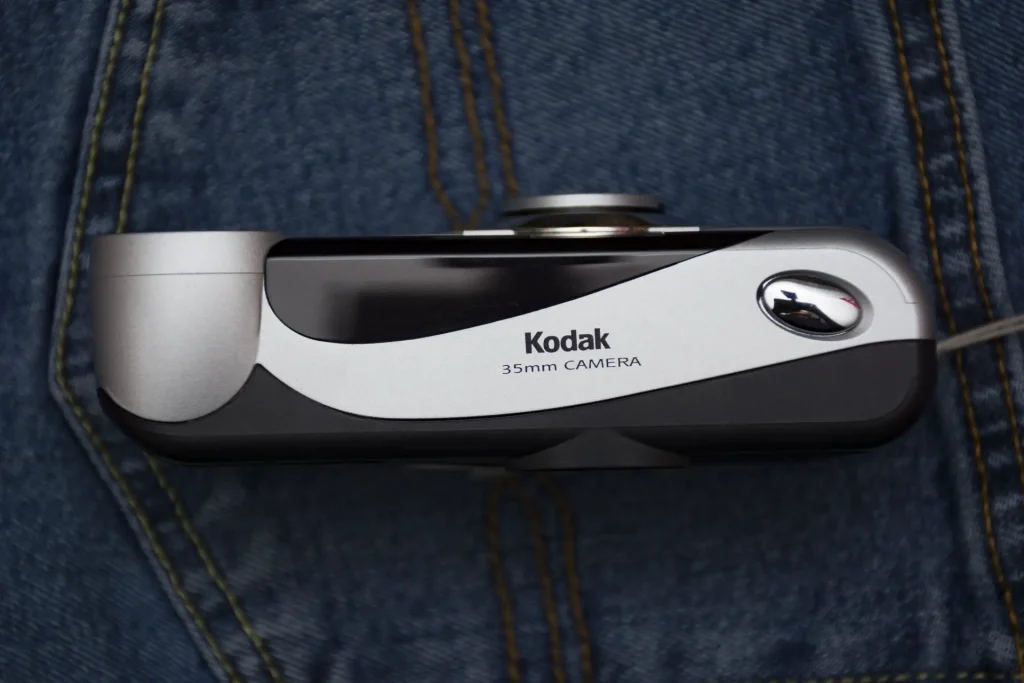
At first glance, the Kodak KE60 has a very modern and sleek design. Kodak did a great job of incorporating curved lines together to create a gentle flow across the entire body of the camera. The front of the camera is a display of asymmetrical elements intertwined together in a sophisticated manner.
The back of this camera doesn’t open like most traditional 35mm cameras, instead there’s a flap door that you can drop your 35mm cartridge in. To load, simply open the film door and put your 35mm canister in, insert the film leader into the slot. No need to pull the film out any further like you would with a traditional loading system.
The buttons on the back of the Kodak KE60 are organized and grouped in one place for easy access. I truly appreciate the individual buttons to control separate settings on this camera. The flash button cycles between: autoflash, flash off, forced flash on, flash on with slow sync and flash off with slow shutter speed. The focus button cycles between: auto focus, portrait focus and infinity. Finally, the timer allows you to turn on the self-timer function. You can also combine settings to fit your situational needs.
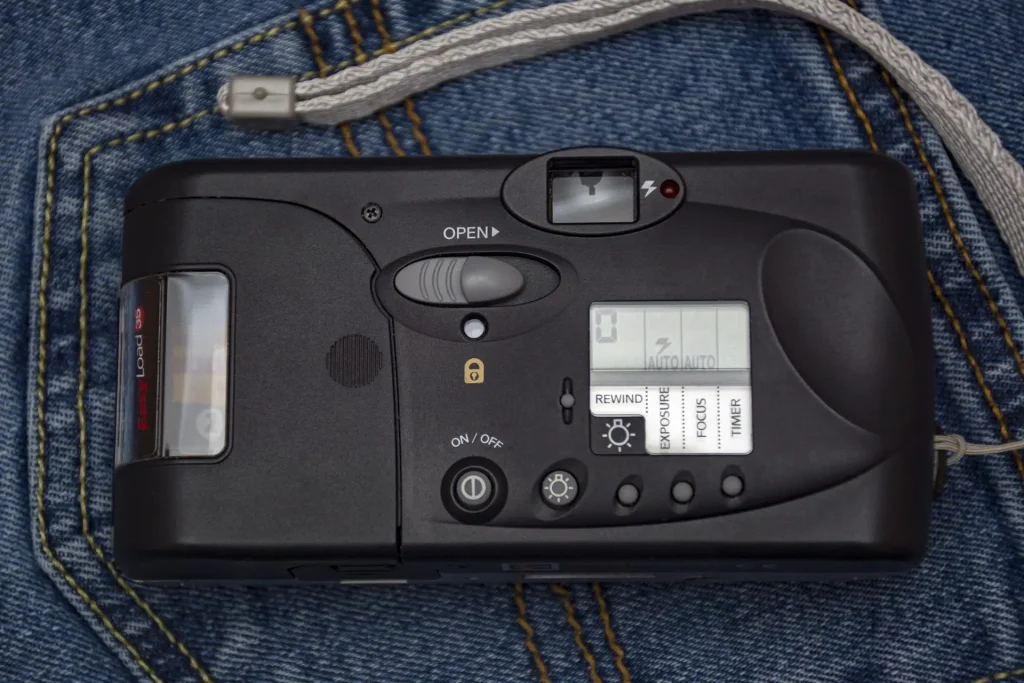
The Kodak KE60 has a backlit LCD that can be lighted up with a button. Similar to the APS camera system, the KE60 will prevent the film door from accidental openings if there is film inside. However, this safety lock feature does not apply to earlier production, it’s only present on Kodak KE60 that have a yellow lock icon below the film door latch release. Though, even if the film door is opened with film inside on non-locking models, the film will not be ruined thanks to the loading mechanism. The camera strangely will not fire if there’s no film in the chamber, but you can test the camera without having to load any film by leaving the film chamber door open, the camera will then operate normally.
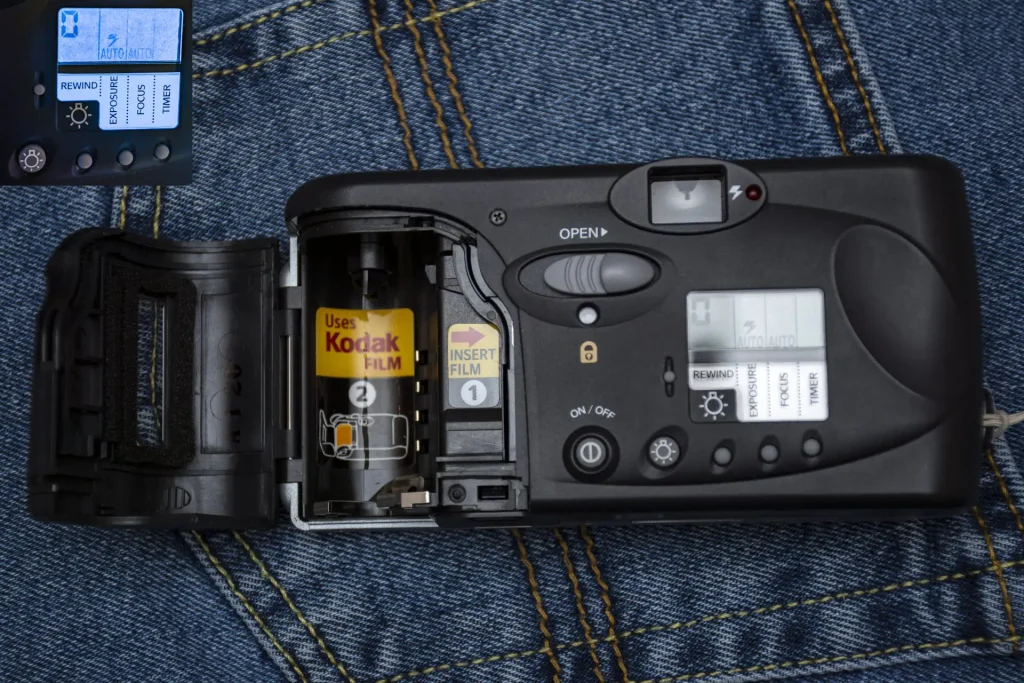
The built quality of this camera is surprisingly great, it has a sturdy plastic construction that does not flex as much as my “luxury” Big Mini F. The rubber pieces on the front provide a good grip, they are smooth to the touch and do not get sticky at all. The buttons are responsive and easy to press. The motor is quiet and sounds very pleasing when operating. The camera starts up extremely quick which allows you to quickly capture a moment. The lens also protrudes very little from the body, so you may have the camera on in your pocket.
The 29mm lens at its widest is f/5.6 produces decently sharp images with interesting characteristics. Many shooters would think that the lens is of bad quality since it doesn’t have a big aperture, I can assure you that’s not the case. The lens is all glass construction, it’s probably costly to produce enough that it’s not present on cheaper models such as the Kodak KE20/KE25/30. These models instead use a 29mm f5.6 hybrid EKTANAR lens, while sharing the same specs, the Ektanar lens contains plastic elements. The only model that uses the all-glass lens as the KE60 is the KE50, however the lens is fixed focus. The Kodak KE60 is the one to get as it’s the only model with glass lens and autofocus. With that being said, this lens won’t blow any Contax T2 or Yashica T4 out of the water.
The Kodak KE60 quirky specs make it difficult to determine where it’d fit in the 35mm P&S hierarchy. It has a broad shutter speed ranging from 4sec – 1/400sec. The built quality, many shooting modes, unique loading system, lots of features and the illuminating LCD screen make the KE60 quite a feature loaded camera. The only unfortunate (or rather fortunate) thing that keeps the KE60’s value from going insane is the F5.6 aperture on the lens and the Kodak branding.
Shooting in Daylight
The lens on the Kodak KE60 can produce decently sharp images with a tons of charm and characters. The lens has a pronounced vignette that nicely frames the photograph. The effect is most potent in high contrast scenes, but not too much that it becomes distracting. Unlike Lomography cameras, the Kodak KE60’s vignette is a rectangle shape, and it does not bleed too much into the center of the photograph. The lens also doesn’t flare or bloom much in backlit conditions. Here are some sample photographs taken on the Kodak KE60 in sufficient light to give you a glance of the results it produces.
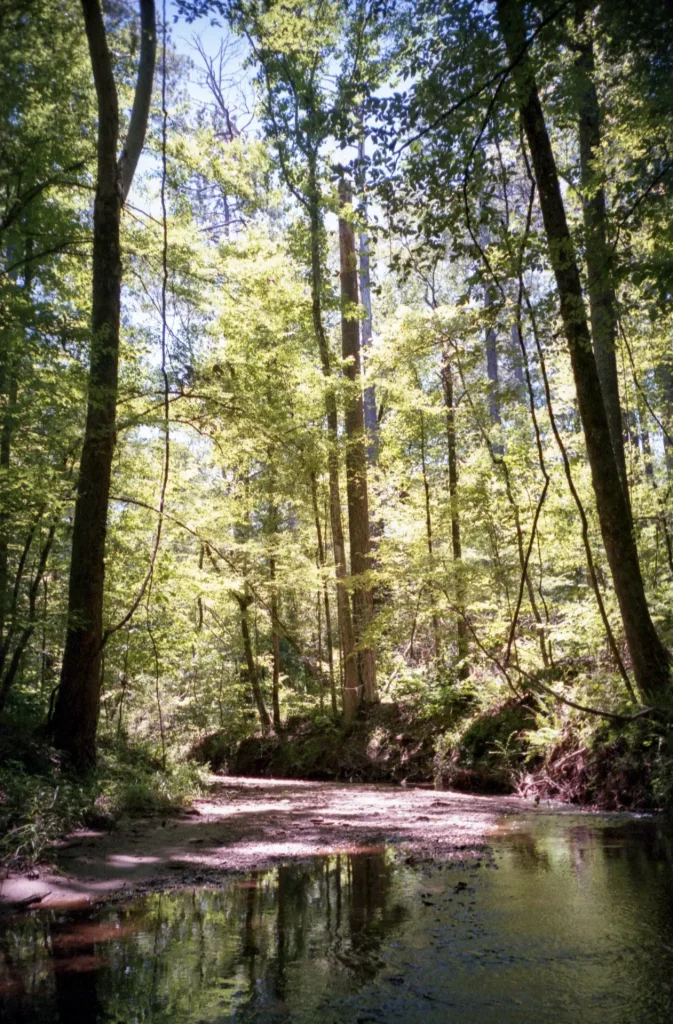
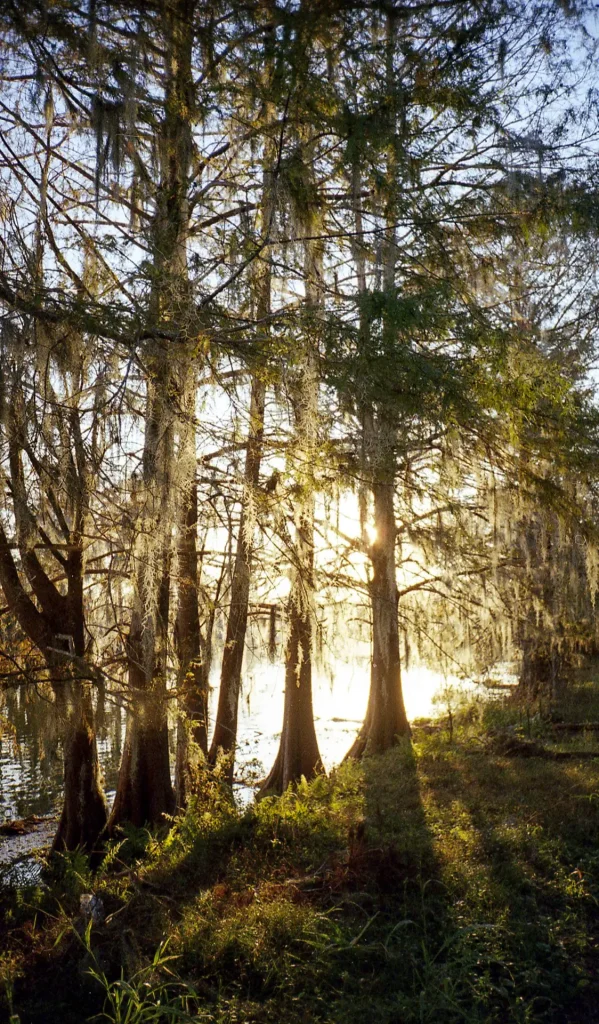
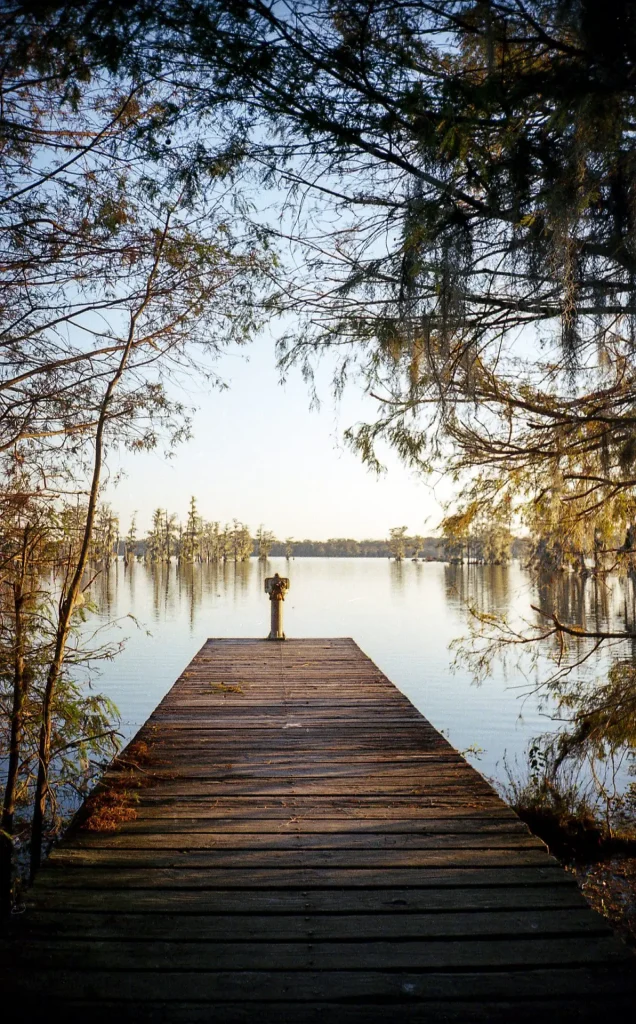
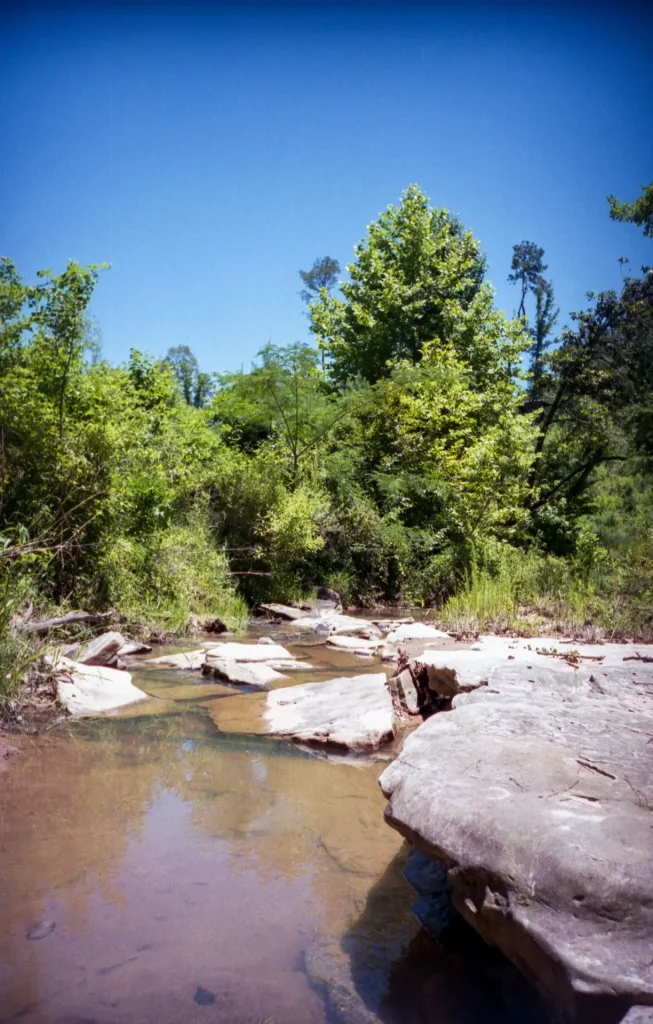
Shooting in Low-light
With a lens that only opens to f5.6 at its widest, photographing dark scenes without flash is not the Kodak KE60’s forte. There’s a simple yet clever trick the KE60 does that most P&S do not. When the flash is disabled, the slowest shutter speed will be set to 1/60. This is the slowest shutter speed for handheld shooting that won’t result in blurry photos. Most P&S would just select whatever shutter speed needed for bright photos, even if it resulted in blurry handheld photos. Of course, if you brought a tripod, you can use the night long exposure mode on the KE60, which will extend the slowest shutter up to 4 seconds.
In low-light scenes, the vignette is even more pronounced but the sharpness is still quite good given the condition. In extreme dark-scene, the exposure is very dark but can still be salvaged with scan correction and pushing the film. I’m very pleased with how the photos turned out not to be a blurry mess, which can’t be salvaged. Also the lit-up LCD screen comes in handy when it’s dark out. All of the sample photo below were shot with Kodak Ultramax 400.
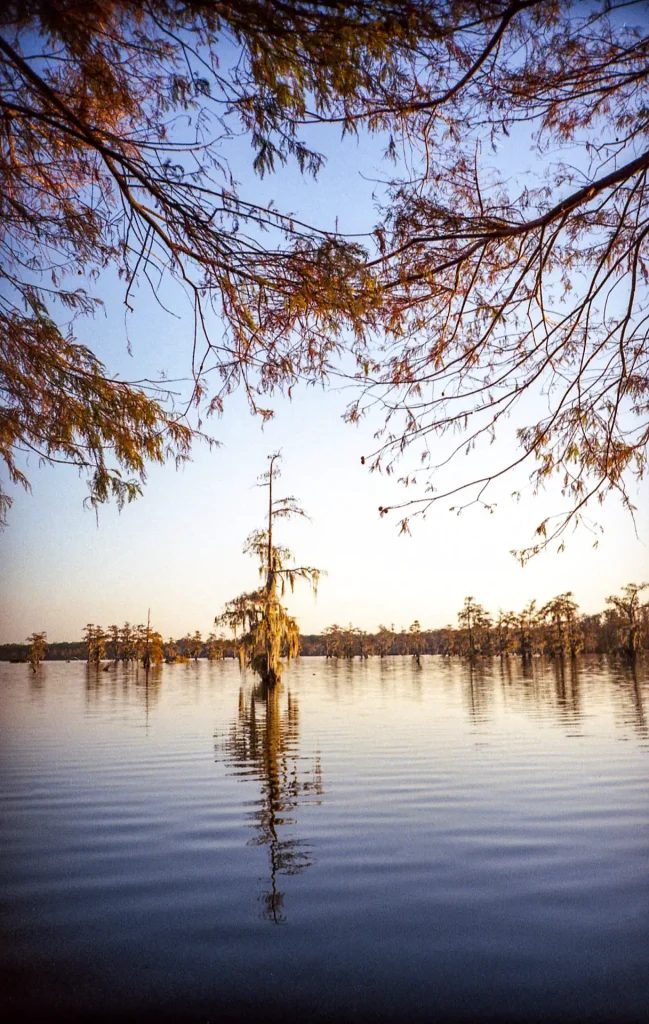
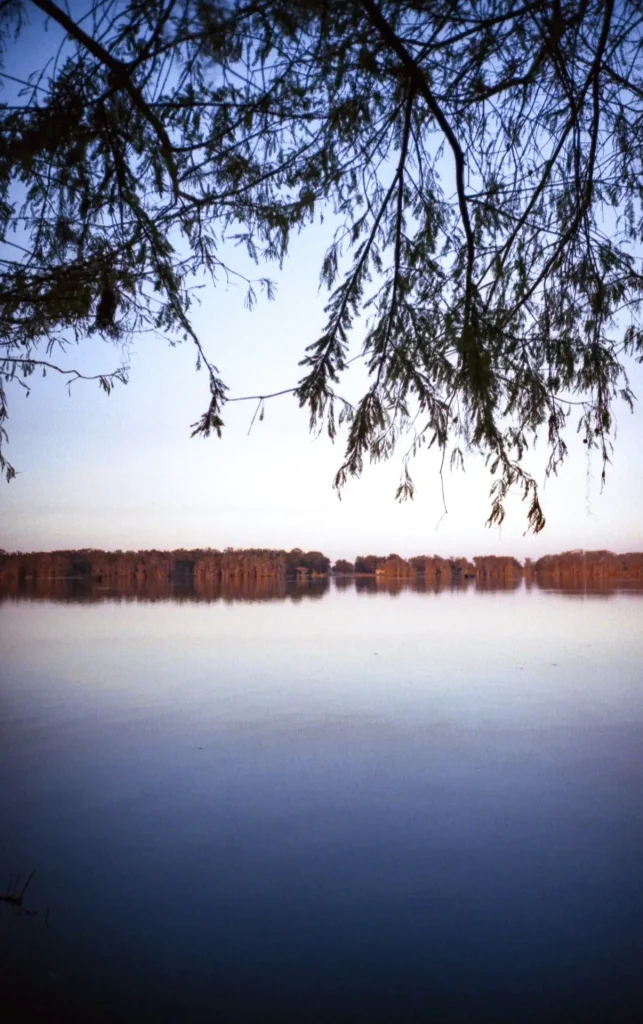
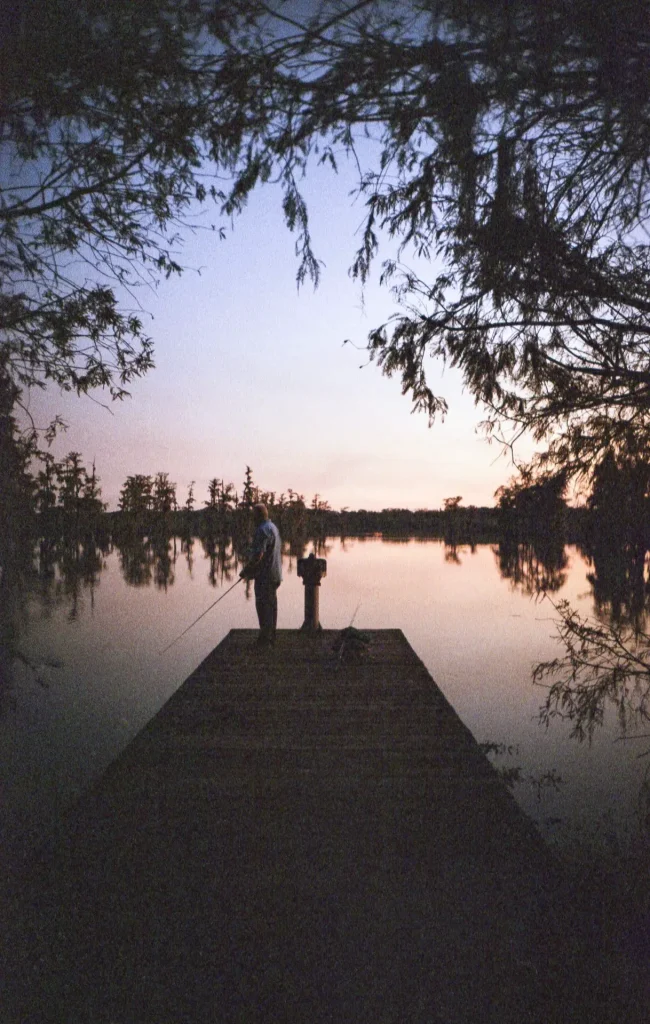
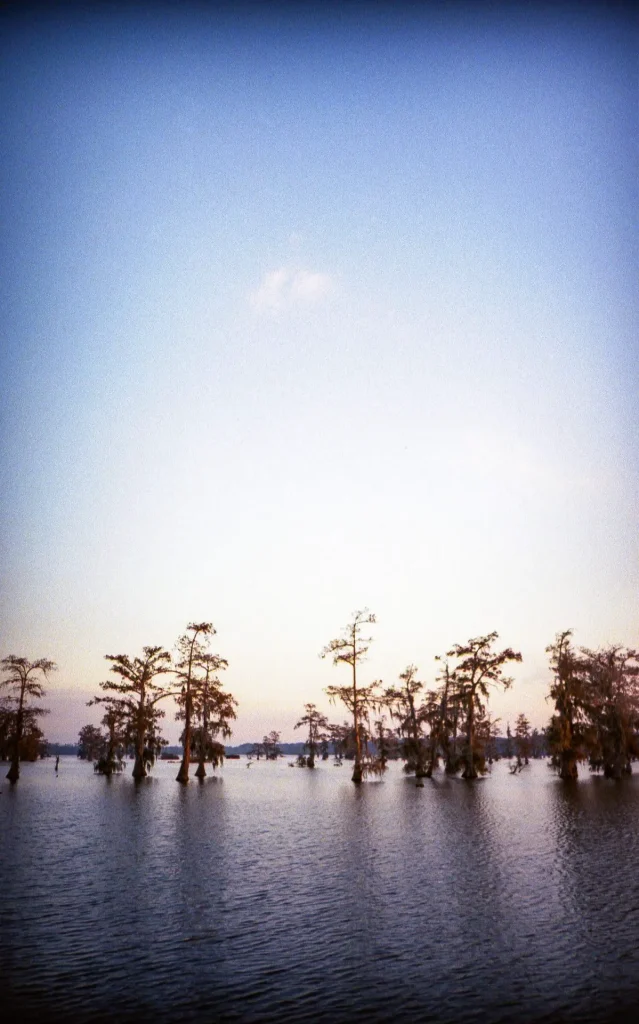
Overall, shooting with the Kodak KE60 was a delightful experience. The camera is extremely responsive and snappy. The viewfinder is one of the best on a P&S I’ve ever used, it’s incredibly big and bright, a joy to use. The viewfinder also has projected guidelines which you won’t find on cheap P&S.
The snappiness of this camera certainly makes it a good camera to capture fleeting candid moments. The camera is compact but not too small that it’s hard to get a grip on, it is similar to the Konica Big Mini F in size, making it quite comfortable to hold while easy to carry everywhere. Also at the time of writing you can buy a used Kodak KE60 for only $20 used or $60 for a brand new one. At such a price for such an unique and fun camera, I’d highly recommend it to anyone who’s looking for an affordable camera yet loaded with useful features.
Share this post:
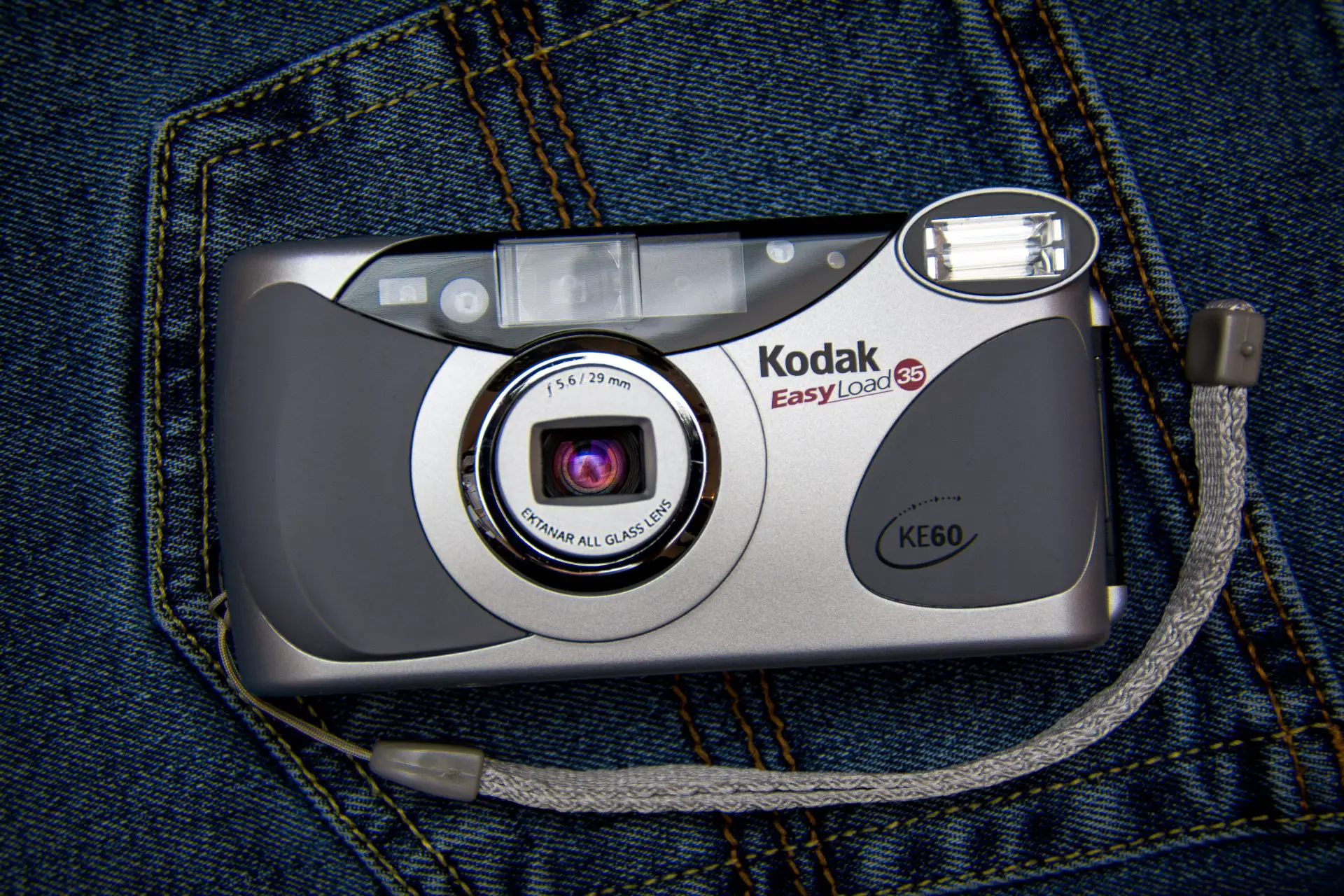








Comments
Bob Janes on Kodak KE60 (Easy Load 35) Review – Concealed Greatness Among the Compact Craze – Thang Nguyen
Comment posted: 01/10/2021
Alex Vye on Kodak KE60 (Easy Load 35) Review – Concealed Greatness Among the Compact Craze – Thang Nguyen
Comment posted: 02/10/2021
Rock on Kodak KE60 (Easy Load 35) Review – Concealed Greatness Among the Compact Craze – Thang Nguyen
Comment posted: 02/10/2021
Mats on Kodak KE60 (Easy Load 35) Review – Concealed Greatness Among the Compact Craze – Thang Nguyen
Comment posted: 02/10/2021
I wonder who made it.. Most of Kodak's other compacts are rebrands (some of them quite good), but I can't imagine who would have this in their line-up. It seems to be from the last days of film compacts too, judging by the design. I would guess early 2000's.
Could it be that this lens was orginally developed for the fixed focus camera mentioned in the article? It seems like a better fit.
Comment posted: 02/10/2021
Comment posted: 02/10/2021
John Semarge on Kodak KE60 (Easy Load 35) Review – Concealed Greatness Among the Compact Craze – Thang Nguyen
Comment posted: 04/10/2021
US patent 5,988,894 filed in 1999 by Kodak will show you how it works. Is an interesting read. Seems to depend on leader shape.